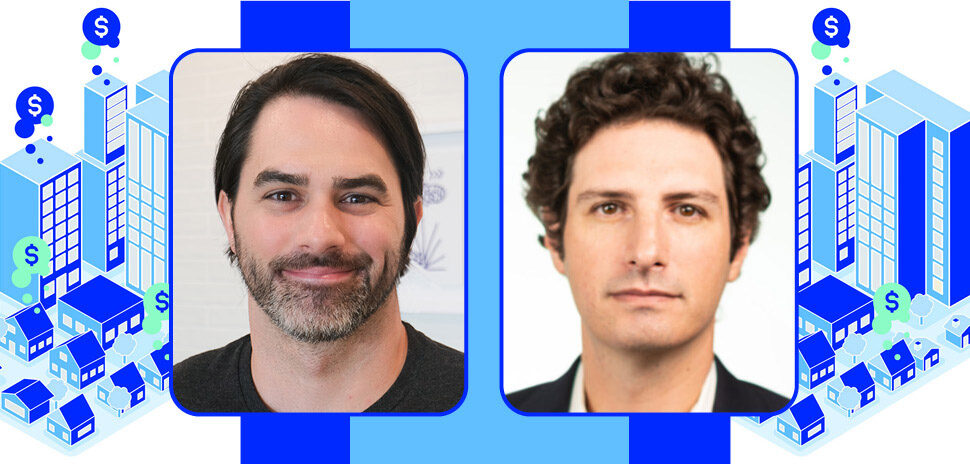The City of Dallas is taking a nontraditional pathway to tackle the city’s pressing challenges and create a more socially and economically progressive city for all. With the launch of the “Community Transformation Action Roadmap,” the city has created a comprehensive framework for a holistic economic development strategy—one that goes beyond a traditional emphasis on financial incentives.
The Roadmap could create a more powerful brand for the city, says Eric A. Johnson, Dallas’ relatively new chief of economic development and neighborhood services. Johnson took the lead in developing the Roadmap shortly after starting his position in March.
The new document lays out a three-year timeline for action that will include regulatory and policy changes to foster social and economic advancement; impactful housing and community development, and new programs designed to fuel creativity.
Johnson, who briefed Dallas City Council members in an October meeting, stressed that the document will evolve over time. It’s not a plan, per se, he said, but an action-oriented intent to connect dots and resources across critical issues that can collaboratively catapult Dallas toward being the best place to invest, work, live, and play—for everyone.
“There’s an urgent need to create a fluid and coordinated strategy and a holistic strategy to further economic and social progress for all City of Dallas residents,” Johnson said.
The Roadmap is a concerted effort to engage members of the community to work together to solve critical issues such as the need for affordable housing, the revitalization of underserved communities, access to healthcare, and public safety.
In all, the Roadmap cited nine key areas for integrated community development.
Johnson said that he and his team had met with more than 60 groups, from representatives of businesses and higher education institutions to nonprofits and healthcare providers, all have agreed to participate in the transformation process.
Among the key thought leaders, Johnson cited Bank of America, the Communities Foundation of Texas, JP Morgan Chase, the Dallas Mavericks, Parkland Health and Hospital System, Paul Quinn College, and TREC.
Over the next 36 months, officials want to identify the scope of critical issues and engage with partners to help provide actionable ideas and funding that lead to solutions, he said. They intend to track progress on a Roadmap dashboard that will be available to the public online.
As an example for council members, City Manager T.C. Broadnax said that the city needed to adjust its approach to increasing the amount of affordable housing. In the past, the city has relied on limited federal funding from Housing and Urban Development. Some commercial developers have been reluctant to work on HUD-related projects because of all the requirements involved.

Dallas City Manager T.C. Broadnax [Photo: Courtesy City of Dallas]
Through the Roadmap, city officials want to look at ways to encourage local developers to include affordable housing along with their market-rate units without the red tape of federal funds, Broadnax said.
Johnson said much of the community revitalization efforts would focus on areas south of Interstate 30, which have been long neglected in terms of economic development.
“It’s like going to war but leaving thousands of our soldiers on the sidelines,” he said. “This area is worth the investment and the creation of jobs.”
The paradigm must shift from reducing poverty to creating income, jobs, and wealth, he said. And the most important places on this Roadmap are a solid economic development policy, a better approach to affordable housing, a productive focus on the greatest needs, and locating additional resources.
“Any city can say we can relocate headquarters, but at the same time, we want to look comprehensively at economic development and look at strategies to be a more inclusive community going forward,” Johnson said.
Quincy Preston contributed to this report. A version of this story first published in the Fall 2020 edition of the Dallas-Fort Worth Real Estate Review.
Read the digital edition of Dallas Innovates’ sister publication, the Real Estate Review, on Issuu.
Sign up for the digital alert here.
![]()
Get on the list.
Dallas Innovates, every day.
Sign up to keep your eye on what’s new and next in Dallas-Fort Worth, every day.
































